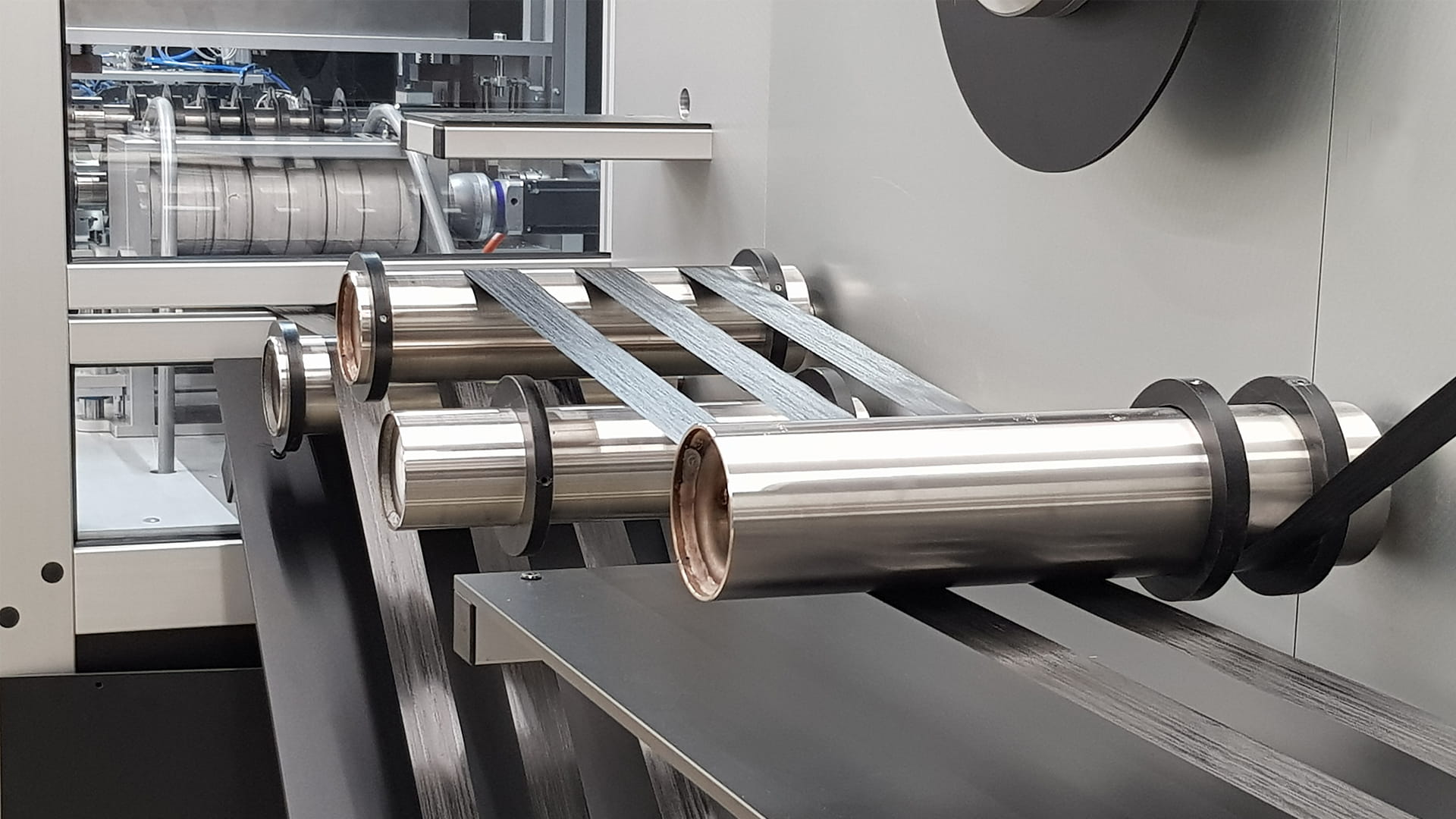And why are these advanced structural solutions important to aerospace?
Thermoplastic composites are getting a lot of attention these days as the aerospace industry increasingly uses them to replace various metallic and thermoset composite parts. By definition, thermoplastics are a plastic polymer material that becomes pliable or moldable at a certain elevated temperature and solidifies upon cooling. Thanks to their higher impact resistance, unique processing possibilities, lightweight properties, strength and environmental advantages, thermoplastic composites can help reduce fuel costs while increasing environmental sustainability. Collins Aerospace is developing these advanced materials and processes to make modern flight better, safer and more efficient than ever before.
How thermoplastics differ from traditional composites
Unlike traditional thermoset composites – which require lengthy production times and large, costly autoclave ovens – thermoplastics are produced out-of-autoclave and can be stamp formed in their required shape in just a few minutes. Whereas the forming of thermoset composites is based on solidification through chemical reactions, thermoplastics are formed through physical principles based on remelting and no chemical reactions are needed during its forming processes. As a matter of fact, thermoplastics can be heat-molded and reshaped again and again, making them recyclable and environmentally friendly.
The reduced cycle times combined with increased levels of automation provide significant cost savings when comparing thermoplastics to thermosets. In addition, their high durability can withstand harsh temperature conditions while their low density and unique material characteristics can reduce the overall weight of an aircraft, thereby increasing fuel efficiency and making them ideal materials for aerospace components.
These new highly engineered materials, and their methods of manufacture, have the potential to:
- Reduce manufacturing cycle time by 80 percent;
- Decrease the weight of aerospace structures by as much as 50 percent compared with metallic solutions and up to 20 percent when compared to thermoset solutions; and
- Incorporate sustainability improvements resulting in fewer emissions, a fully recyclable product and lower landfill output.
“We are highly experienced at processing all existing thermoplastic composite aerospace materials, and we are actively developing a distinctive product portfolio for the benefit of current and future customers,” said David Manten, general manager of Engineered Thermoplastics for Collins Aerospace. “Our technology roadmap will enable us to expand from thermoplastic composite detail parts to fully integrated structures, and from commercial and military aircraft to urban air mobility and beyond.”
In-house manufacturing provides multiple benefits capabilities
Today, Collins Aerospace produces more than 2,000 different thermoplastic composite parts with hundreds of parts currently in qualification. Parts can be found on the fuselage, wing, tailplane, nacelles, flight control surfaces and doors, and are currently supplied to 20 different types of aircraft ranging from widebodies to single aisle, and business jets to helicopter platforms.
Because Collins’ thermoplastic composite manufacturing is retained in-house, the company is providing customers with solutions that meet shorter lead times, are weight optimized and competitively priced. Using state-of-the-art machinery, automation and lean manufacturing principles, Collins’ production is suited for very small series of just a few straightforward parts, up to high-volume complex parts consisting of hundreds of parts per day.
In conjunction with its investments in material advancements and production automation, Collins also has extensive partnerships with well-known universities, associations and consortiums who are specialized in thermoplastic composites, robotics and manufacturing to ensure continued developments and innovation. The company has the capacity to process both carbon and glass reinforced thermoplastic pre-peg systems (fabric and UD tape) using polyphenylene sulfide (PPS), polyetheretherketone (PEEK), polyetherimide (PEI), polyetherketoneketone (PEKK) and low-melt polyaryletherketones (PAEK) resin.
“Going forward, we’ll be expanding our capabilities to bring thermoplastic composites to larger, more complex and integrated aerostructures,” Manten said. “We are continually innovating to make sure our materials, tooling concepts, process capabilities and automation are leading the industry.”

